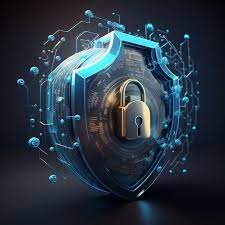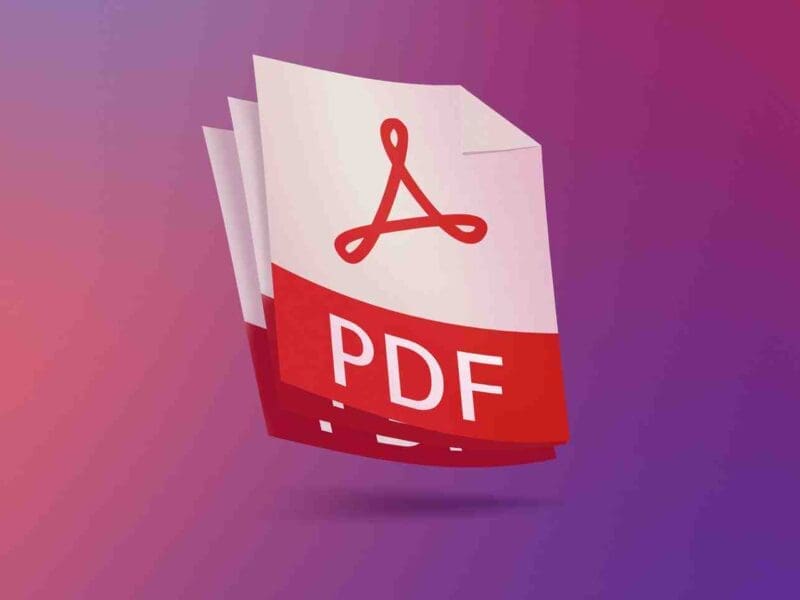
Modern Security Measures: Protecting the Digital Frontier
In the digital age, where information is the most valuable currency, the need for robust security measures has never been greater. As technology evolves at an unprecedented pace, so do the methods and tactics of cybercriminals. To safeguard our data, privacy, and digital assets, modern security measures have emerged as our digital armor. In this blog post, we will delve into the cutting-edge security measures that are shaping the landscape of online protection.
- Biometric Authentication: Beyond Passwords
Passwords have long been the traditional gatekeepers of our digital realms. However, they have proven to be fallible, susceptible to hacking, and often challenging to remember. Modern security measures are shifting towards biometric authentication, utilizing unique physical or behavioral traits for identity verification. From fingerprint and facial recognition to voice and iris scans, biometric authentication adds an extra layer of security that is not easily replicable.
- Zero Trust Architecture: Trust No One
Gone are the days when we could trust the security of our networks solely based on location or network boundaries. Zero Trust Architecture takes a skeptical approach, assuming that threats exist both outside and inside the network. This model enforces strict identity verification and access control, ensuring that no one – not even those within your organization – can access sensitive data without proper authorization.
- Artificial Intelligence and Machine Learning
Harnessing the power of artificial intelligence and machine learning, security systems have become smarter and more adaptable. These technologies can analyze vast amounts of data in real-time, detecting anomalies and patterns that might elude human analysts. From identifying potential threats to preventing data breaches, AI and ML have become indispensable tools in the modern security arsenal.
- Blockchain Technology: Immutable Security
Blockchain, originally designed for cryptocurrencies like Bitcoin, has found its way into cybersecurity. Its decentralized, tamper-proof ledger system makes it ideal for securing sensitive data and transactions. By eliminating the need for a central authority, blockchain provides a level of transparency and security that was previously unattainable.
- Multi-Factor Authentication (MFA): The New Norm
To reduce the risk of unauthorized access, multi-factor authentication (MFA) has become commonplace. MFA requires users to provide multiple forms of verification, typically something they know (password), something they have (smartphone or token), and something they are (biometric data). This multi-layered approach significantly enhances security.
- Threat Hunting: Staying Ahead of the Game
Instead of merely reacting to threats, modern security measures involve proactive threat hunting. Skilled cybersecurity professionals actively seek out potential threats, vulnerabilities, and anomalies within a network, identifying and mitigating risks before they can be exploited.
- Cloud Security: Protecting the Virtual Realm
With the rapid migration to the cloud, cloud security has gained paramount importance. Advanced encryption, access controls, and continuous monitoring are now integral to securing data stored in cloud environments. Cloud providers themselves are also investing heavily in ensuring the security of their platforms.
- Quantum-Resistant Cryptography
As quantum computing advances, it poses a potential threat to existing encryption algorithms. Modern security measures are preparing for this quantum era by developing quantum-resistant cryptography, which can withstand the computational power of quantum computers.
- Employee Training and Awareness
No matter how advanced security measures become, the weakest link in any security chain is often the human element. Comprehensive employee training and awareness programs are crucial to educate individuals about cyber threats and safe online practices.
In conclusion, modern security measures are a dynamic response to the ever-evolving landscape of cyber threats. By incorporating biometrics, zero trust architecture, AI and ML, blockchain, MFA, threat hunting, cloud security, quantum-resistant cryptography, and employee education, we are building a formidable defense against cybercriminals. As technology continues to advance, so too must our security measures, ensuring that we can confidently navigate the digital frontier without fear of compromise.







